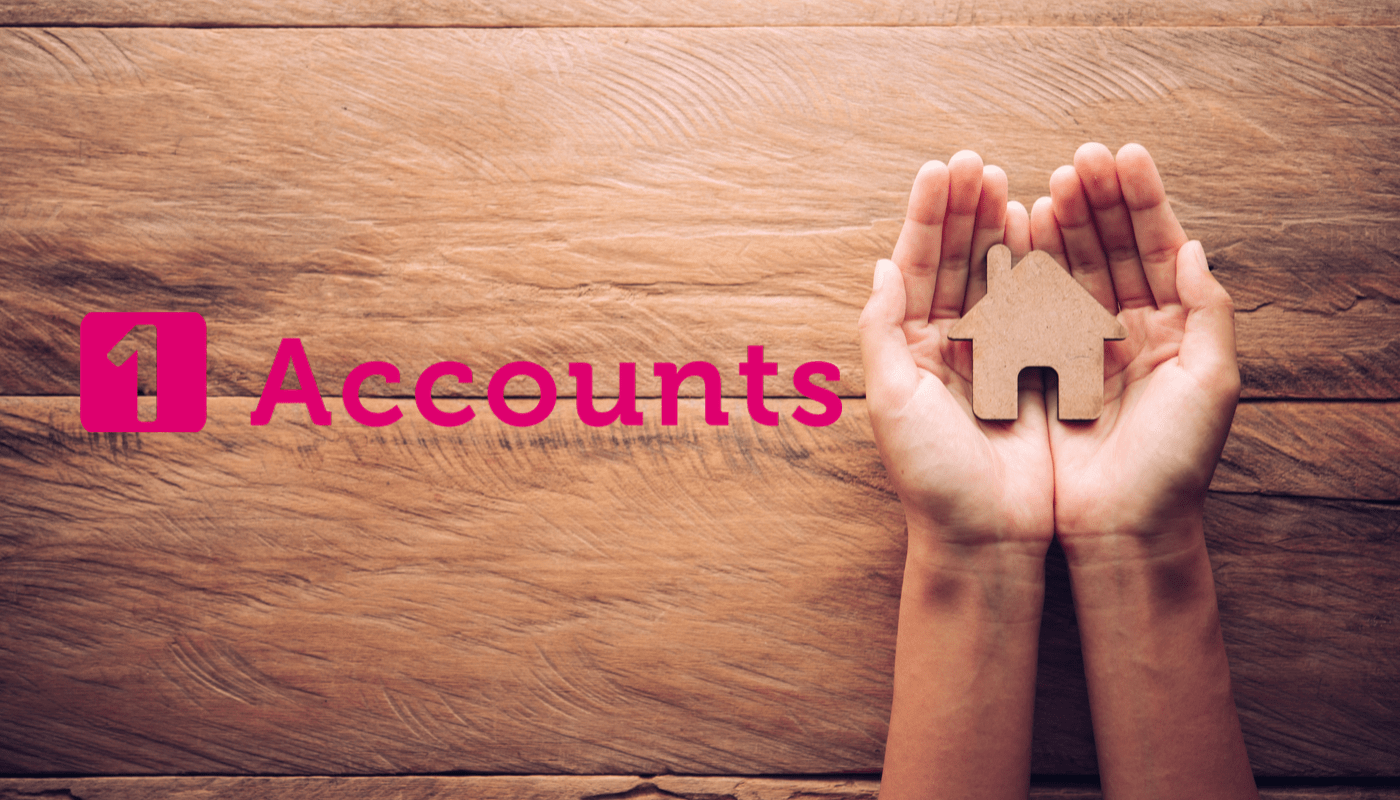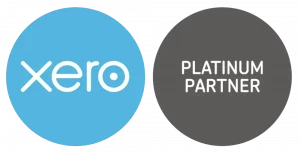No one wants a Tax Investigation.
It is true that as business owners we don’t want HMRC asking awkward questions and taking up our precious time by visiting us on a routine (or not!) compliance visit.
This week two of our clients have been subject to compliance visits from HMRC, one for PAYE and CIS, and the other for VAT. Understandably, our clients in both cases were worried by a visit from HMRC and needed our support from start to finish.
PAYE Investigation
In the case of the PAYE compliance, which included CIS, we were able to speak to our client before the meeting, attend the meeting along with our client, and reply to HMRC’s request in order to close the enquiry. We dealt with the issues and questions raised in the meeting successfully and HMRC could see that we had a good handle on our client’s business. They have now closed the case without penalty or further tax charge. Our client was very happy that we were able to attend and support them at the meeting as it gave them extra peace of mind.

VAT Investigation

The VAT visit was very similar. We briefed our client before the meeting and attended the meeting with the VAT officer. One item was picked up by HMRC and a small adjustment will be made on the next return. In this case HMRC were complimentary about our business set up and the service that we provide our client, especially in understanding the business from the client’s point of view. This client is also really pleased with the service and were reassured by the fact that we were able to attend the meeting and deal with any questions that came up.
We have you covered
We insure ALL of our clients to cover our fees for dealing with HMRC from start to finish in these situations. We often have clients tell us that they are covered by The Chamber of Commerce or The Federation for Small Businesses, however the cover from both organisations does not allow us to deal with any investigation that may occur, and so our support is limited. It is for this reason that we took the decision to fully cover our clients for no additional charge.
We appreciate that no one wants a Tax Investigation, however if a client does have an investigation it is really important that we are there, as we can help the client to deal with HMRC effectively. In both cases this week HMRC didn’t find anything of significance and both of our clients were very happy with our service. They were especially happy that our fees for assisting with the visits are covered by the insurance policy benefit that we have taken on their behalf and that there was no extra cost to them.
















